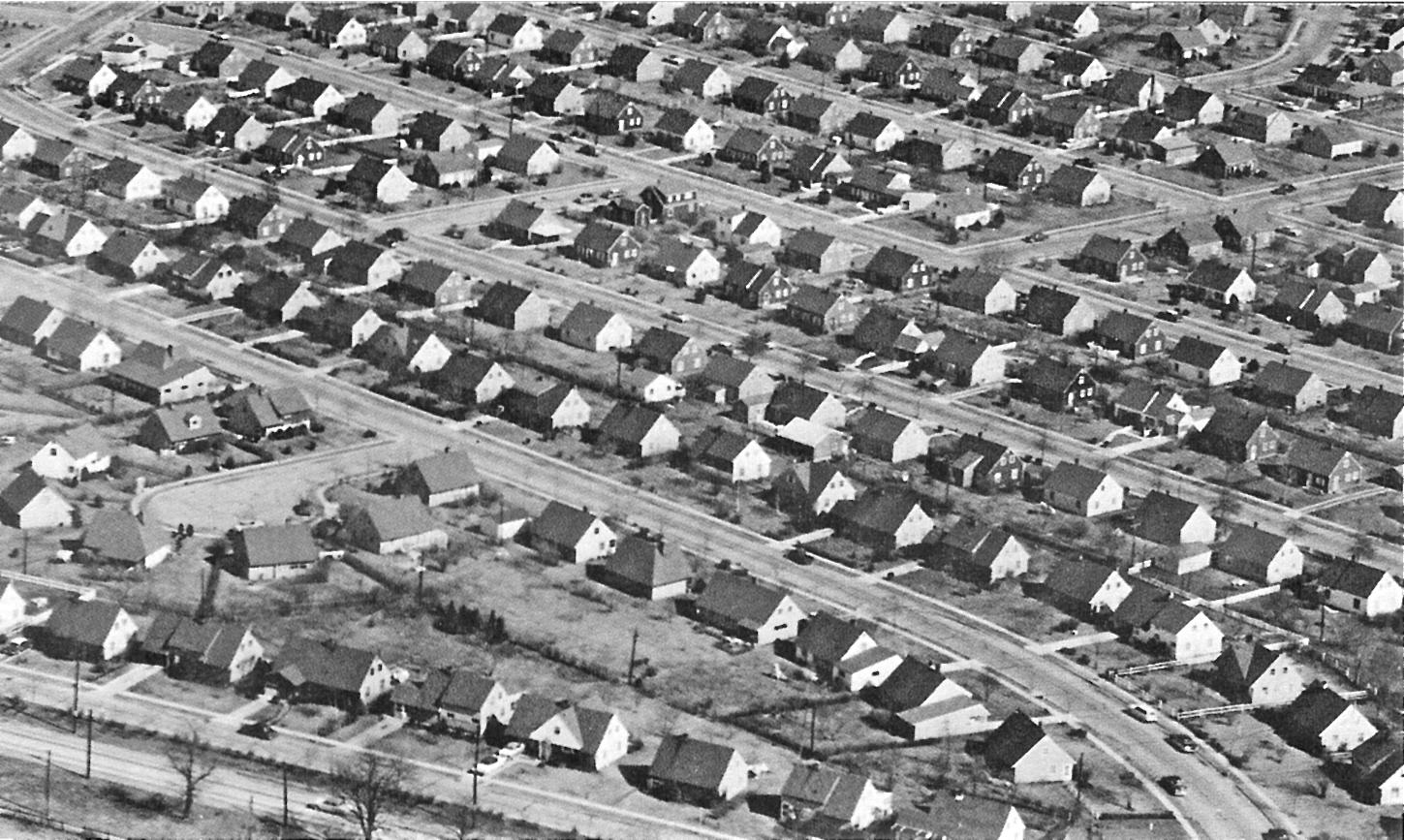When the 18th Amendment prohibited the making, transporting, and selling (but not the private ownership of) alcohol in 1920. Anti- alcohol movements can be seen from the mid 1800s, starting with the groups such as the Women's Christian Temperance Movement and the Anti- Saloon League, which seeked to to reduce crime, violence, prisoners, and deaths. However, the prohibition movement had a negative impact, creating a lucrative business out of bootlegging, or the illegal sale of alcohol. It also led to a drinking spree among the nation, inspired by disrespect for the law. Many cities claimed to have the most alcohol and speakeasies, secret bars with codes needed to enter.
Bootleggers found ways to avoid the law, including bribes, obtaining medical alcohol licenses, and a general lack of law enforce Ships from the Caribbean would carry rum and drop them off on three miles from the U.S. coast, outside of the control of authorities and small "contact boats" would bring the rum back to shore, outmaneuvering the Coast Guard. The founder of these so- called "rum rows" was Captain William S. McCoy, a built builder and captain of an excursion boat, as well as ironically, a non- drinker. McCoy and his brother were also credited for bringing in the largest amount of illegal cargo to New York at its time, 1,500 cases of liquor. These operations were carried out from 1921, despite laws being passed in 1924 which moved the jurisdiction of the United States to 12 miles past the coast, which although made it harder but not impossible. They also used denatured alcohol however, this alcohol was full of toxic chemicals which had to be cleaned, mixed with tap water, and sometimes real liquor. All these factors led to a rise in mobs and organized crime.
One of the most famous mobster's Al Capone's Chicago operations focused on bootlegging, prostitution, and gambling. It was also rumored that about 1,000 gunman and half of the Chicago police force was being paid by him, contributing to his influence and power. He was the head of many brutally violent acts, the most famous the St. Valentine's Day Massacre in 1929 that killed 7 of his rival mobsters, contributing to the 800 gangsters killed in Chicago during the prohibition era. Although he was never indicted for any of these violent crimes, he was jailed in 1931 for income- tax evasion, released after seven and a half years, and died in 1947.
Overall, not only were bootlegging and organized crime a way to making massive sums of money, but was contributed to the rise of mass culture seen in the roaring 20's. With many becoming richer and richer (America's wealth doubled between 1920- 1929), the partying lifestyle was popular among the wealthy, now including women who had recently gained more rights and freedom, who embraced luxuries, including alcohol.







